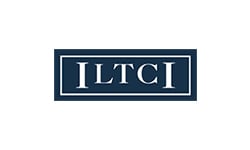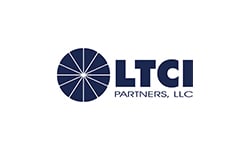Designing a LTC plan that will have appropriate benefits in 30 or 40 years can be really challenging! Despite that, many older LTC policies have actually done a pretty decent job of keeping up with the cost of long-term care. How do I know? Well, my Mom purchased an LTC Insurance policy from CNA Financial back in 1991. The initial benefit was $100 per day with a 5% automatic inflation increase benefit. Now, she is receiving care in a private room in an excellent nursing facility. The facility charges $420 per day for care, less than the $454 benefit daily benefit of the policy. The policy covers ALL the cost of her care.
Of course, that is an anecdotal example. Some policies have not kept up with the cost of care, especially those without inflation riders. Fortunately, however, many of the dire, scary predictions during the early 90s related to the cost and availability of care haven't come true. Although stressed by the pandemic, there is currently a strong infrastructure of home care, assisted living and skilled nursing facilities. People pay for care using their LTC policies, riders on life policies, or retirement savings.
A Possible Scary Future
But what if in 30 years there were fewer caregivers around, leading to higher and higher costs as people compete for caregivers? (And no, robots won't replace the necessary human touch in caregiving). Will today's plan designs keep up with the cost of care the way older plans have worked today? And if that is the case what strategies should clients use?
First, the immediate top-of-mind concern is inflation. Each year Genworth Financial conducts a cost of care survey that tracks the cost of care for home and facility care. Their most recent data shows that for 2021 the cost of a home health aide increased a whopping 12.5%! The increase for assisted living facilities was 4.65%. Those increases are higher than the typical 3% compound inflation option that policyholders select.
High inflation is transitory and will eventually settle down. But it is more difficult to see how the relative cost of long-term care will not be higher in the future. Two big trends are leading the way towards this crisis of increasing care costs- demographics and immigration. For many people, this narrative seems counterintuitive. They may see news stories about the border crisis and people flooding over the border. They may live in a neighborhood populated with newborns and toddlers. The facts, however, are more complicated. Let’s look at these trends more in-depth.















-CMYK.png?width=250&name=LifeSecureLogo(F)-CMYK.png)






